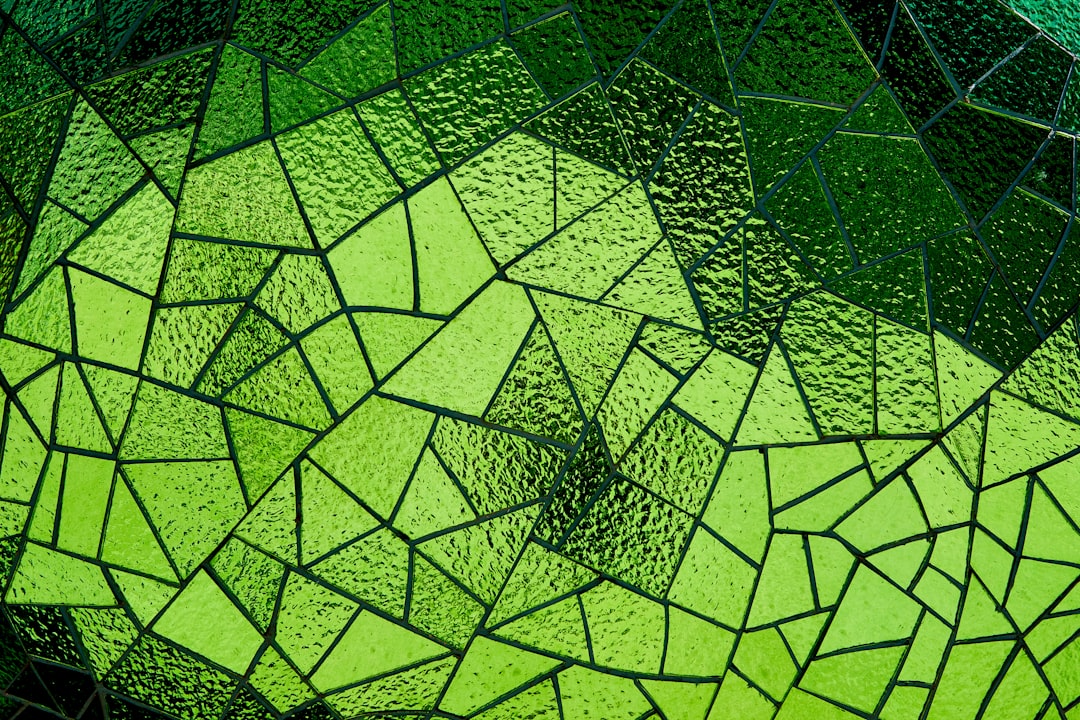What is it about?
Methylation is a common post-modification reaction that is observed during the biosynthesis of secondary metabolites produced by plants and microorganisms. Based on the sequence information from Streptomyces peucetius ATCC27952, a putative O-methyltransferase (OMT) gene SpOMT7740 was polymerase chain reaction amplified and cloned into E. coli BL21 (DE3) host to test the substrate promiscuity and conduct functional characterization. In vitro and in vivo reaction assays were carried out over various classes of substrates: flavonoids (flavonol, flavones, and isoflavonoid), chalcones, anthraquinones, anthracyclines, and sterol molecules, and the applications in synthesizing diverse classes of O-methoxy natural products were also illustrated. SpOMT7740 catalyzed the O-methylation reaction to form various natural and non-natural O-methoxides, includes 7-hydroxy-8-O-methoxy flavone, 3-O-methoxy flavone, three mono-, di-, and tri-O-methoxy genistein, mono-O-methoxy phloretin, mono-O-methoxy luteolin, 3-O-methoxy β-sitosterol, and O-methoxy anthraquinones (emodin and aloe emodin) and O-methoxy anthracycline (daunorubicin) exhibiting diverse substrate flexibility. Daunorubicin is a native secondary metabolite of S. peucetius. Among the compounds tested, 7,8-dihydroxyflavone was the best substrate for bioconversion to 7-hydroxy-8-O-methoxy flavone, and it was structurally elucidated. This enzyme showed a flexible catalysis over the given ranges of temperature, pH, and divalent cationic conditions for O-methylation.
Featured Image
Why is it important?
This enzyme showed a flexible catalysis over the given ranges of temperature, pH, and divalent cationic conditions for O-methylation over diverse range of neutral products.
Read the Original
This page is a summary of: Substrate Scope of O-Methyltransferase from Streptomyces peucetius for Biosynthesis of Diverse Natural Products Methoxides, Applied Biochemistry and Biotechnology, October 2017, Springer Science + Business Media,
DOI: 10.1007/s12010-017-2603-4.
You can read the full text:
Contributors
The following have contributed to this page










